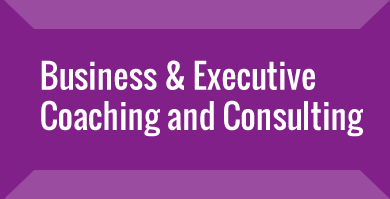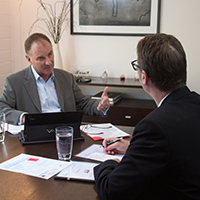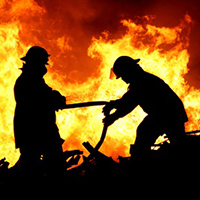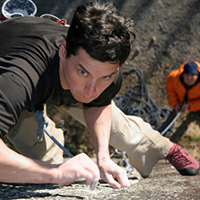Business Tips
Catching the Liar in All of Us
- Details
- Parent Category: Business Tips
- Category: Management
Of 462 executives who were asked, "What characteristics are needed to be an effective leader today?" 56 per cent ranked ethical behaviour as an important characteristic, followed by sound judgment (51%) and being adaptable/flexible (47%). - American Management Association, New York, NY
It's one thing to understand that honesty and trust start at the top and quite another to develop the strategies and the philosophies that make the understanding a reality.
As deadly as lies are, they're especially poisonous in the workplace. They can destroy employee engagement and productivity, undermine teamwork, ruin people's livelihoods, and even bring down entire companies.
Lies need to be caught quickly in the workplace before they snowball into something catastrophic. Unfortunately, most of us have no clue about how to spot a liar, and the workplace setting adds another layer of complexity.
In ‘The Truth About Lies in the Workplace’, leading workplace body language expert Carol Kinsey Goman combines her own experiences with the latest research to provide a comprehensive guide to spotting, exposing, and minimising workplace lies. Once you spot a lie, she provides tactical advice on how to respond, whether the liar is above, below or on the same level as you. Goman also explains what leaders can do to reduce lies and encourage candour.
Reading body language to detect deceit in a business interaction is similar to what a professional poker player does during a card game. The card player is looking for tells—non-verbal cues that indicate increased stress or are out of sync with what the opposing poker player is saying. The difference is that you are applying these skills in a workplace setting. There are 30 body language tells that will help hone your liar-spotting skills.
People's choice of words often reveals more about them than they realise. For example, because most people experience stress when lying, they often try to circumvent that by speaking the literal truth. So, if your boss says, "I'm thinking of recommending you for the position," that is exactly what she means. She has not told you she did recommend you. She has not told you she will recommend you. All she said is that she is thinking about doing so. In the same way, if your colleague states, "That's all I can tell you," believe him. He can't or won't tell you more. But remember: that doesn't mean this is all he knows.
A liar's choice of words, in contrast to a truthful person's, will frequently include several verbal cues. Dr. Goman's book provides 20 verbal cues to hone your liar-spotting skills.
Source: “The Truth About Lies in the Workplace: How to Spot Liars and What to Do About”. Them Carol Kinsey Goman Ph.D



























